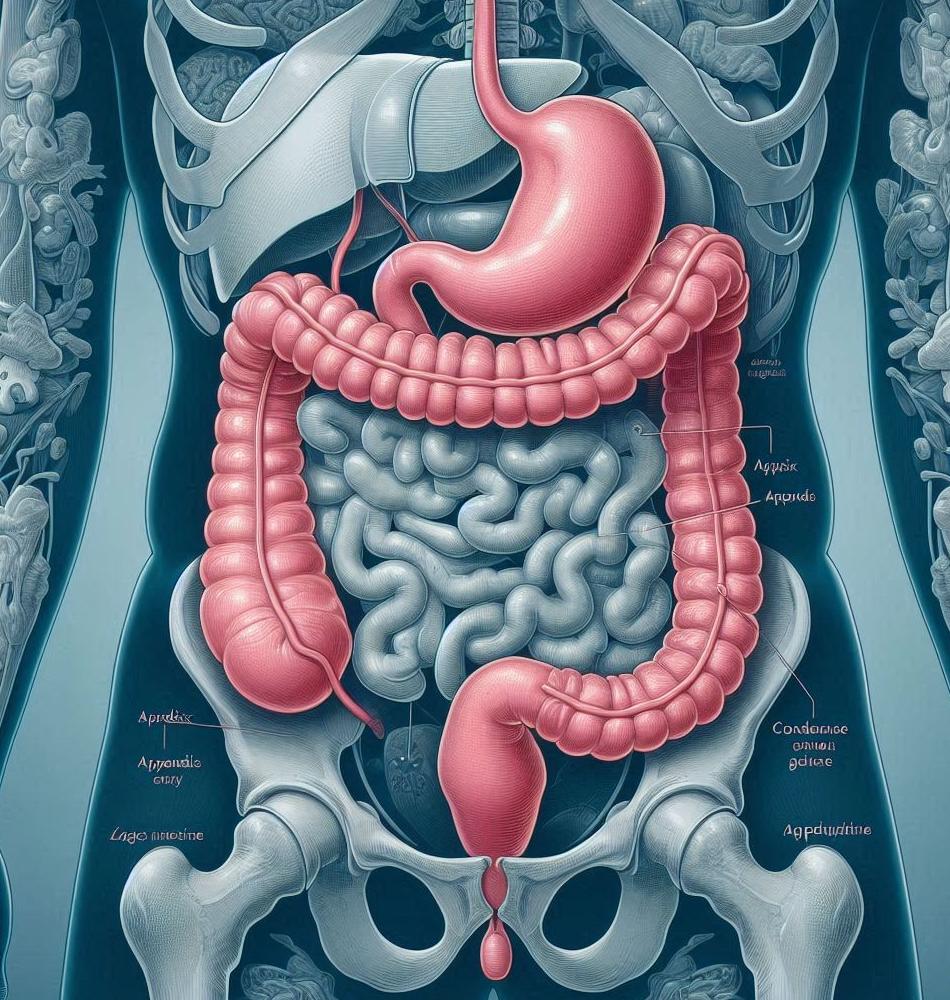Understanding Appendicitis: Where Is the Pain? 🔍
What is Appendicitis? 🌡️
Appendicitis is a condition marked by the inflammation of the appendix, a small pouch located at the junction of the small and large intestines. The exact function of the appendix remains a mystery, but its inflammation can lead to significant discomfort and health complications. Understanding appendicitis also requires knowing the typical symptoms, particularly where the pain occurs. In this article, we will delve into the intricacies of appendicitis, focusing on the side where pain is commonly felt and other notable aspects.
Symptoms of Appendicitis 🚨
Identifying appendicitis requires attention to its signs and symptoms. Such vigilance is crucial, as timely medical intervention can prevent severe complications. Here are the typical symptoms associated with appendicitis:
Common Symptoms 📋
- Pain in the lower right abdomen, often starting near the belly button
- Loss of appetite
- Nausea and vomiting
- Swelling in the abdomen
- Fever and chills
Where Does the Pain Occur? ❓
The hallmark of appendicitis is the pain, which usually begins around the belly button and then moves to the lower right side of the abdomen, also known as the right iliac fossa. This shift in pain can range from mild discomfort to severe agony. Understanding the pain's location is key for early diagnosis.
Why the Lower Right Side? ⚖️
The appendix is situated in the right lower quadrant of the abdomen. Hence, an inflamed appendix triggers pain in this area. However, it is essential to consider that individual anatomy can vary, and in rare cases, the location can differ, leading to misdiagnosis.
Causes of Appendicitis 🦠
Appendicitis can occur when the appendix becomes blocked, leading to increased pressure, reduced blood flow, and inflammation. Understanding the various causes can help in prevention and timely intervention.
Possible Causes 🔍
- Fecal blockage resulting from a hardened piece of stool
- Foreign bodies such as seeds or small objects
- Infections that cause inflammation in the intestinal tract
Diagnosis and Treatment Options 🏥
Getting diagnosed with appendicitis often involves a combination of medical history, physical examinations, and imaging tests. A quick diagnosis can lead to proper treatment, which usually involves surgery.
Diagnostic Measures 📊
Healthcare professionals typically adopt the following approaches:
- Physical examination to check for tenderness in the abdomen
- Blood tests to assess white blood cells and check for infection
- Ultrasound or CT scans to visualize the appendix
Treatment Approaches ⚕️
Once appendicitis is confirmed, the usual treatment method includes:
- Appendectomy, or surgical removal of the appendix, either through open surgery or minimally invasive laparoscopic procedures
- Antibiotic treatment to manage infection before surgery
Complications of Untreated Appendicitis ⚠️
If appendicitis is not treated promptly, severe complications can arise. Understanding these risks emphasizes the importance of seeking medical attention.
Potential Complications 🔴
- Perforation of the appendix, leading to a serious infection in the abdominal cavity
- Formation of an abscess or pus-filled pocket
- Sepsis, a life-threatening response to infection
Q&A About Appendicitis ❓
Here are some frequently asked questions about appendicitis:
- What age group is most affected by appendicitis?
- Can appendicitis occur without severe pain?
- Are there any natural remedies for appendicitis?
- What to do if you suspect appendicitis?
Preventing Appendicitis 🛡️
While there is no guaranteed way to prevent appendicitis, certain lifestyle and dietary choices can contribute to a healthier digestive system. Consider the following preventive measures:
Healthy Lifestyle Choices 🌱
- Consuming a diet rich in fiber
- Staying hydrated
- Avoiding excessive consumption of processed foods
- Regular exercise to promote digestive health
When to Seek Medical Attention 🚑
If someone experiences symptoms resembling appendicitis, especially persistent abdominal pain, quick medical evaluation can be lifesaving. Delaying treatment may complicate the condition and lead to dangerous outcomes.
Conclusion: Be Aware of Your Body 🔍
Appendicitis is a common yet serious condition that primarily presents with significant pain in the lower right abdomen. Recognizing the symptoms, understanding the causes, knowing the diagnostic procedures, and being aware of the treatments can lead to prompt medical intervention. Remember, health is a treasure, and being attentive to your body’s signals can make all the difference. If you ever find yourself doubting whether your pain warrants investigation, it is always better to err on the side of caution and consult a healthcare provider.







